
Charming and Vibrant: Discover Notting Hill
Explore the vibrant streets of Notting Hill, a blend of culture, history, and modern charm, home to the famous Portobello Road Market and the iconic Notting Hill Carnival.
Nestled in the heart of West London, Notting Hill is a vibrant, colorful neighborhood that offers a delightful blend of culture, history, and modern charm. Renowned for its picturesque streets lined with pastel-colored houses and bustling markets, this area promises a unique and memorable experience for every visitor. One of Notting Hill's most famous attractions is the Portobello Road Market, which stretches for over two miles and is filled with antiques, vintage clothing, and delicious street food. Every Saturday, the market comes alive with the sounds and smells of vendors selling their wares, making it a must-visit for anyone in the area. In addition to its market, Notting Hill is home to a variety of boutique shops, artisanal cafes, and world-class restaurants. Whether you're looking for a cozy spot to enjoy a cup of coffee or a fine dining experience, this neighborhood has something to suit every taste. Film enthusiasts will recognize Notting Hill as the setting for the iconic 1999 romantic comedy starring Julia Roberts and Hugh Grant. Fans of the film can visit the famous blue door and other recognizable locations from the movie. Every August, Notting Hill hosts one of the largest street festivals in Europe, the Notting Hill Carnival. This vibrant celebration of Caribbean culture features colorful parades, live music, and an electric atmosphere that attracts visitors from all over the world.
Local tips in Notting Hill
- Visit Portobello Road Market early on Saturday to avoid the crowds and get the best picks.
- Book your accommodation well in advance if you plan to visit during the Notting Hill Carnival in August.
- Take a leisurely walk along the streets to admire the colorful houses and charming architecture.
- Don't miss the chance to try some street food at the market; there are plenty of delicious options to choose from.
- For film buffs, make sure to visit the famous blue door from the movie 'Notting Hill' at 280 Westbourne Park Road.
Charming and Vibrant: Discover Notting Hill
Nestled in the heart of West London, Notting Hill is a vibrant, colorful neighborhood that offers a delightful blend of culture, history, and modern charm. Renowned for its picturesque streets lined with pastel-colored houses and bustling markets, this area promises a unique and memorable experience for every visitor. One of Notting Hill's most famous attractions is the Portobello Road Market, which stretches for over two miles and is filled with antiques, vintage clothing, and delicious street food. Every Saturday, the market comes alive with the sounds and smells of vendors selling their wares, making it a must-visit for anyone in the area. In addition to its market, Notting Hill is home to a variety of boutique shops, artisanal cafes, and world-class restaurants. Whether you're looking for a cozy spot to enjoy a cup of coffee or a fine dining experience, this neighborhood has something to suit every taste. Film enthusiasts will recognize Notting Hill as the setting for the iconic 1999 romantic comedy starring Julia Roberts and Hugh Grant. Fans of the film can visit the famous blue door and other recognizable locations from the movie. Every August, Notting Hill hosts one of the largest street festivals in Europe, the Notting Hill Carnival. This vibrant celebration of Caribbean culture features colorful parades, live music, and an electric atmosphere that attracts visitors from all over the world.
Iconic landmarks you can’t miss
Portobello Road Market
Discover the eclectic charm of Portobello Road Market, a vibrant hub of antiques, street food, and culture in London's Notting Hill.
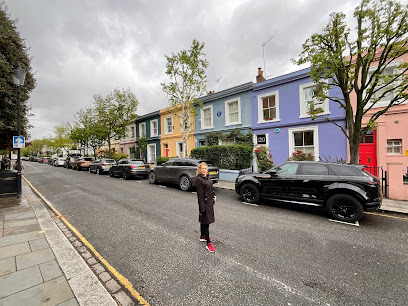
Leighton House
Explore the opulent artistry of Frederic Leighton at Leighton House, a unique museum blending history, art, and architecture in the heart of London.
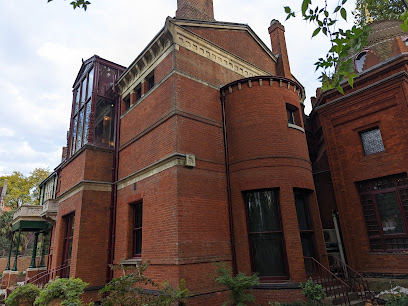
The Castle
Experience the heart of London at The Castle, a traditional pub on Portobello Road, serving classic British cuisine and local ales in a cozy setting.
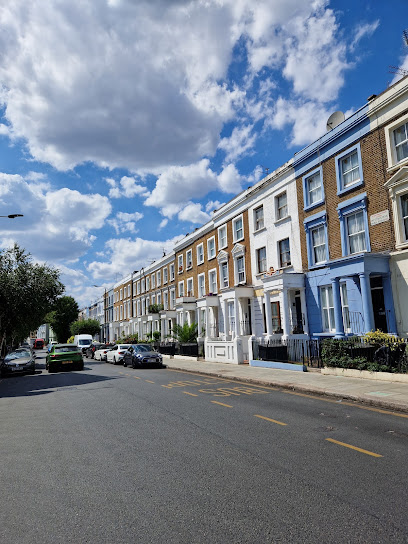
The Tabernacle
Explore The Tabernacle in London, a cultural hub for performing arts, community events, and unforgettable entertainment experiences.
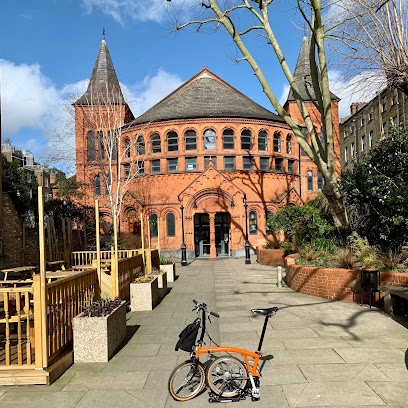
The Blue Door Notting Hill Film
Discover the iconic Blue Door from Notting Hill in the heart of London, where cinematic charm meets vibrant neighborhood culture.

Notting Hill Gate
Explore Notting Hill Gate, an iconic London destination known for its colorful houses, lively markets, and rich cultural heritage. A must-visit for every traveler.

Sambourne House
Experience the charm of Victorian London at Sambourne House, a historical museum showcasing the life and times of a remarkable family.
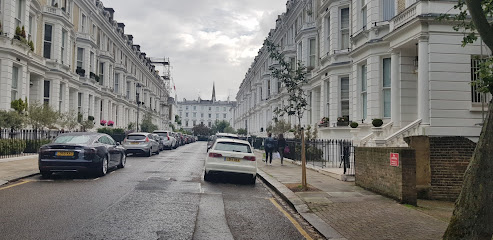
All Saints' Church, Notting Hill
Explore All Saints' Church in Notting Hill, a stunning example of Gothic architecture and a serene oasis within London's vibrant atmosphere.

The Tower House
Discover the enchanting history and architectural beauty of The Tower House, a must-see historical landmark in London.
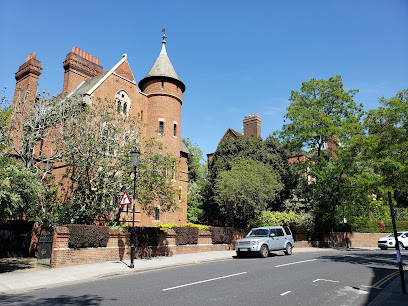
Notting Hill
Explore the vibrant streets of Notting Hill, a cultural haven in London filled with colorful houses, markets, and rich heritage.
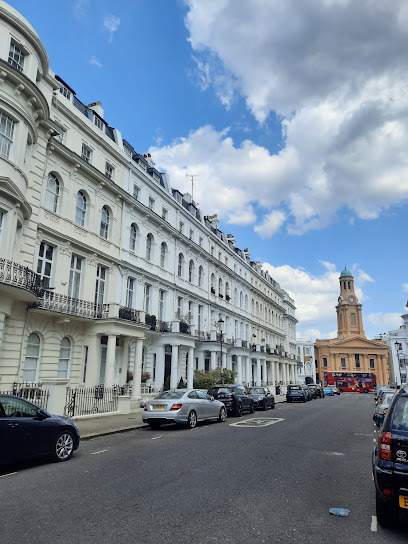
The Hole in the Wall
Explore The Hole in the Wall, a hidden historical landmark in London, and discover the city's rich history and charming architecture.
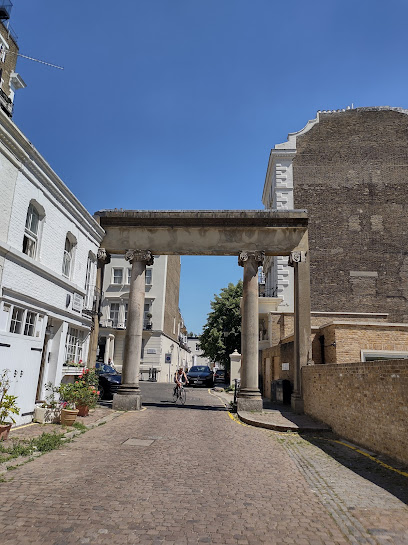
Notting Hill Hillgate Village
Explore the vibrant charm of Notting Hill Hillgate Village, a quintessential London destination with colorful streets, delightful markets, and rich cultural heritage.
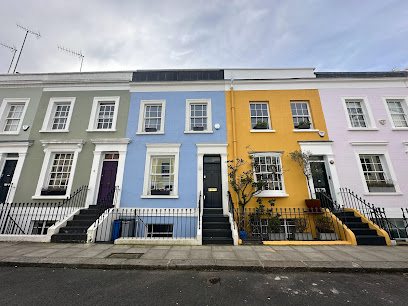
George Orwell Plaque
Explore the George Orwell Plaque, a historic tribute to the literary genius, amidst the lively ambiance of London's Portobello Road.
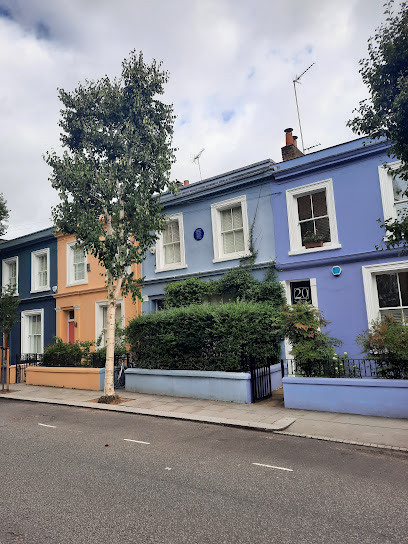
Пам'ятник Володимир Великий / Monument to Saint Volodomyr the Great
Discover the Monument to Saint Volodomyr the Great in London - a beautiful tribute to Ukrainian heritage nestled in the serene Holland Park.

Notting Hill House of Colors
Experience the artistic vibrancy and colorful charm of Notting Hill House of Colors, a must-visit attraction in London's iconic Notting Hill neighborhood.
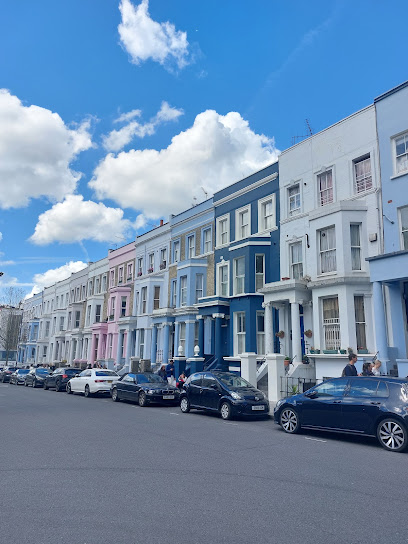
Unmissable attractions to see
the Design Museum
Explore the Design Museum in London, where innovation meets creativity in a breathtaking architectural setting, showcasing the best of contemporary design.
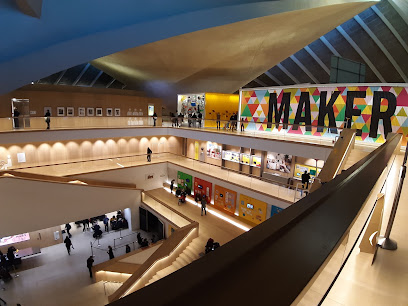
Museum of Brands
Discover the captivating history of consumer culture at London’s Museum of Brands, where vintage packaging and advertising bring the past to life.
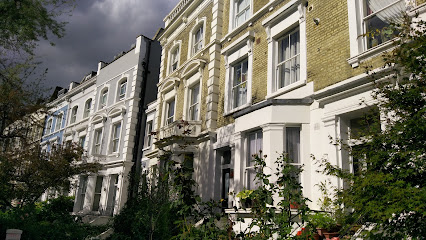
The Blue Door Notting Hill Film
Explore the iconic Blue Door in Notting Hill, a celebrated film location surrounded by vibrant markets and charming streets.
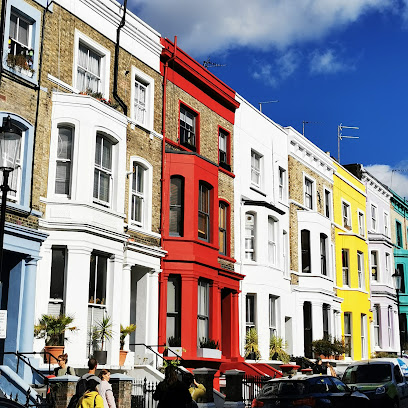
Sambourne House
Step back in time at Sambourne House, a beautifully preserved Victorian home in London, showcasing the charm and elegance of the era.
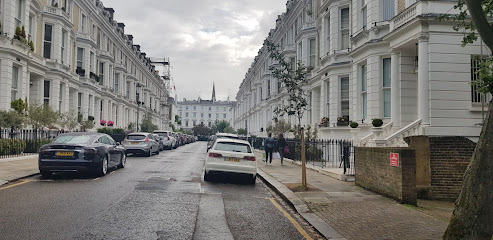
The Tower House
Discover The Tower House, a stunning historical landmark in London showcasing unique architecture and rich cultural heritage for every tourist to explore.
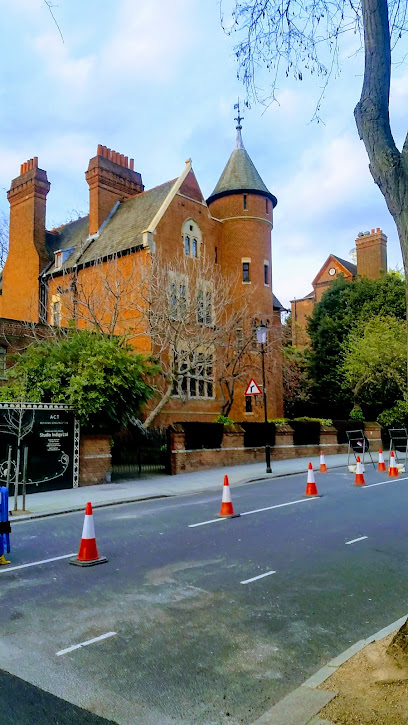
St Lukes Mews
Explore St Lukes Mews, a serene London gem filled with historical charm, vibrant architecture, and picturesque views that captivate every traveler.

Notting Hill Hillgate Village
Explore the vibrant charm of Notting Hill Hillgate Village, where colorful streets, eclectic shops, and rich culture await every traveler.
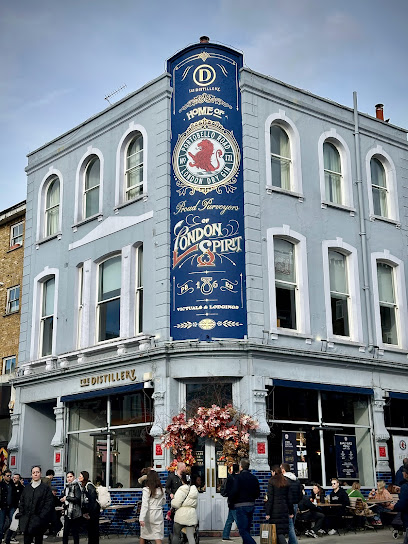
Notting Hill House of Colors
Discover the vibrant artistry and cultural richness at Notting Hill House of Colors, a must-visit attraction in London's eclectic Notting Hill neighborhood.
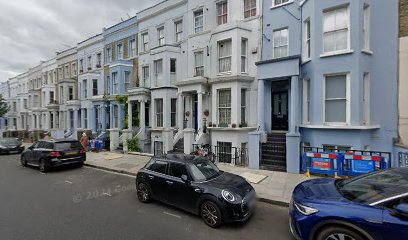
Celebrity's Secret Door
Discover the allure of Celebrity's Secret Door on Portobello Road, a hidden gem blending celebrity culture with vibrant London life.
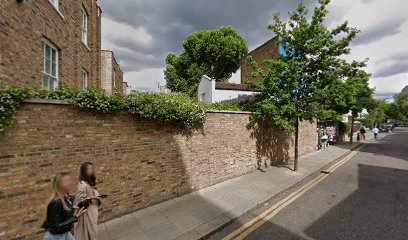
Essential places to dine
Granger and Co. Notting Hill
Experience the best of Australian cuisine at Granger and Co., where fresh ingredients meet vibrant flavors in the heart of Notting Hill.
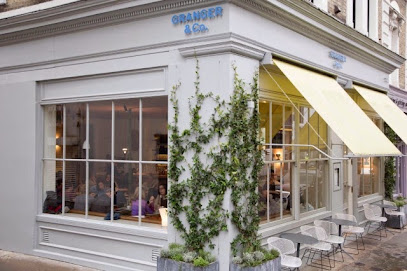
Fez Mangal Ladbroke Grove
Experience authentic Turkish flavors at Fez Mangal Ladbroke Grove - where every dish tells a story.
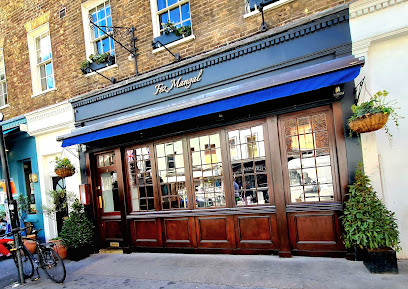
Gold
Discover Gold: A Modern European Dining Gem on Portobello Road Offering Unique Flavors and Rustic Charm.
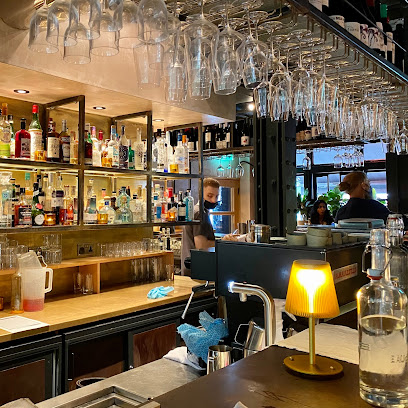
Portobello Garden Arcade Italian Restaurant
Experience authentic Italian cuisine at Portobello Garden Arcade Restaurant in London’s vibrant market district.
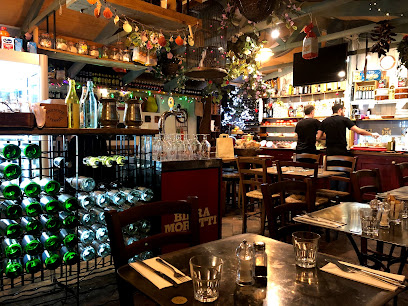
Core by Clare Smyth
Experience unparalleled modern British cuisine at Core by Clare Smyth – where culinary artistry meets elegance in London's vibrant dining scene.
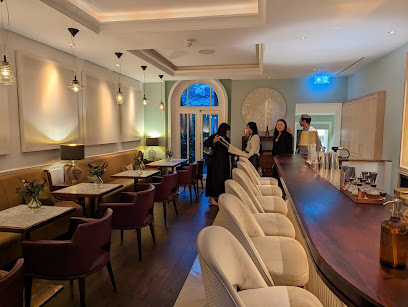
Osteria Napoletana
Experience authentic Neapolitan cuisine at Osteria Napoletana in London - where every dish tells a story of tradition and flavor.

Cocotte Notting Hill
Discover Cocotte Notting Hill – where modern French cuisine meets cozy family-friendly dining in London's vibrant neighborhood.

The Sushi Co - Notting Hill
Experience exquisite Japanese cuisine at The Sushi Co - Notting Hill, where fresh ingredients meet innovative flavors in a vibrant setting.
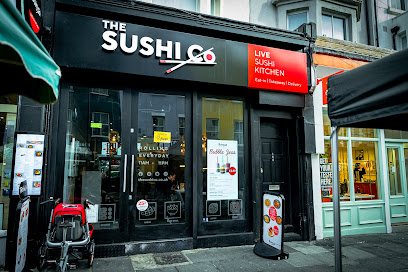
La mia Mamma Notting Hill
Experience authentic Sicilian flavors at La mia Mamma Notting Hill - where every dish is a celebration of Italy's rich culinary tradition.
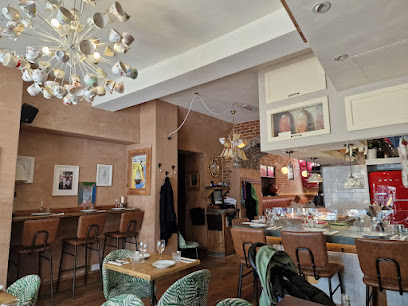
Ci Tua Osteria Romana
Savor the essence of Italy at Ci Tua Osteria Romana on Portobello Road - where every dish tells a story.
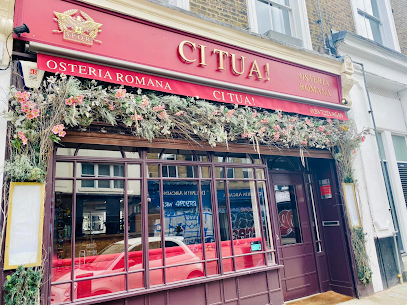
Markets, malls and hidden boutiques
Portobello Gifts Shop London
Explore Portobello Gifts Shop for unique souvenirs and local artistry in the heart of Notting Hill, London.
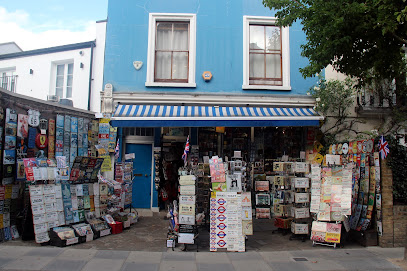
Paul Smith - Notting Hill
Discover the essence of British fashion at Paul Smith Notting Hill, where timeless style meets vibrant creativity in a stunning designer showcase.
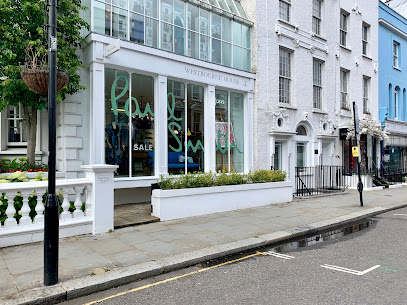
Jovonna Notting Hill Boutique
Explore Jovonna Notting Hill Boutique for unique fashion in a vibrant London neighborhood, combining style with the charm of Notting Hill.
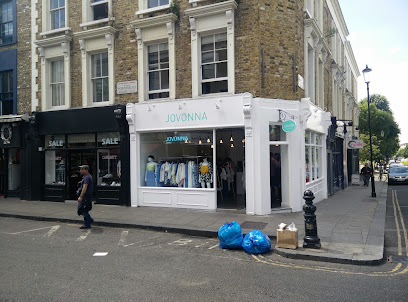
Goldsmith Vintage
Explore a treasure trove of unique vintage clothing at Goldsmith Vintage on Portobello Road, a must-visit for fashion lovers in London.
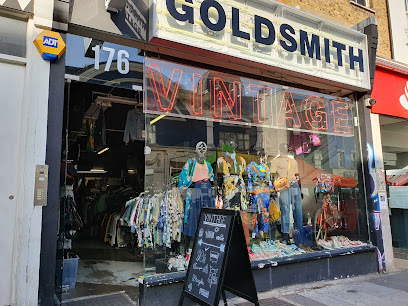
Appletree boutique
Explore unique fashion and style at Appletree Boutique in Notting Hill, where every piece tells a story of individuality.

Hangout Clothing
Explore Hangout Clothing on Portobello Road for designer fashion that embodies London’s chic and vibrant style.
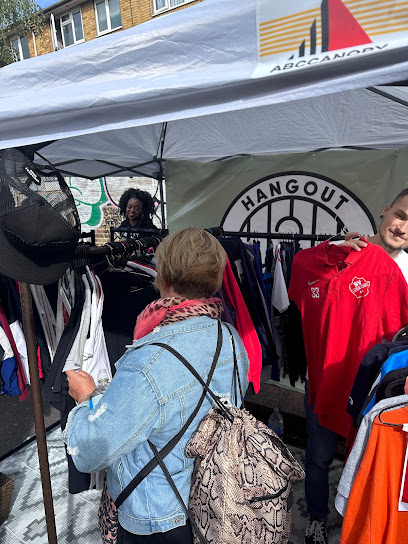
Notting hill store
Explore Notting Hill's local convenience store, your one-stop shop for groceries, unique souvenirs, and reliable luggage storage.

The gift store
Explore The Gift Store in London for unique souvenirs and charming gifts that capture the essence of the city.
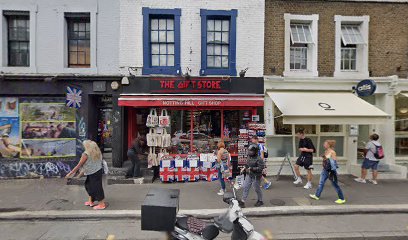
Antique Clothing Shop
Explore a captivating collection of vintage clothing and accessories at the Antique Clothing Shop on Portobello Road, a must-visit for fashion lovers.
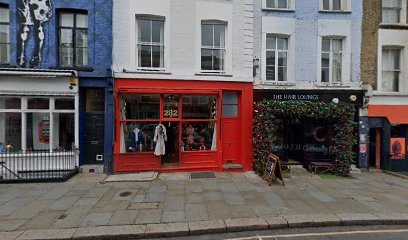
RETRO GIFTS RETAIL
Explore Retro Gifts Retail on Portobello Road for unique vintage treasures and charming souvenirs that capture the spirit of London.

Essential bars & hidden hideouts
The Elgin
Discover the charm of The Elgin, a welcoming pub in Notting Hill offering delicious food, a lively atmosphere, and a delightful beer garden.
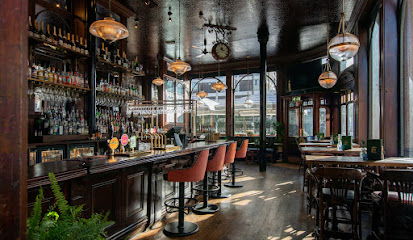
The Sun In Splendour
Discover The Sun In Splendour, a charming pub in Notting Hill, offering delicious food, refreshing drinks, and a cozy atmosphere for the perfect London experience.

The Earl of Lonsdale
Experience the essence of London pub culture at The Earl of Lonsdale, a cozy gastropub with delicious food and a vibrant atmosphere.
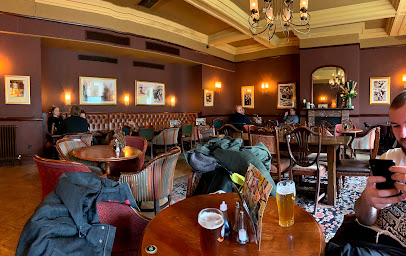
The Little Yellow Door
Discover the vibrant atmosphere and innovative cocktails at The Little Yellow Door, a must-visit cocktail bar in London.
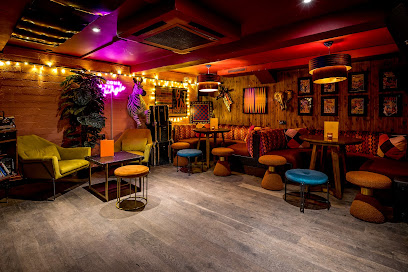
The Walmer Castle
Experience the charm of British pub culture at The Walmer Castle in Notting Hill, where delicious food and lively ambiance await.
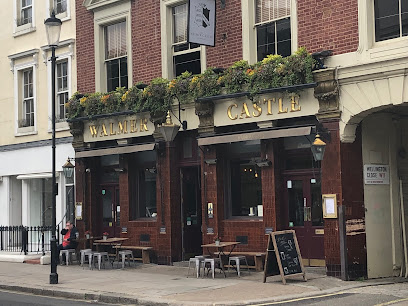
Trailer Happiness
Experience the vibrant tropical charm of Trailer Happiness, London's beloved cocktail bar and restaurant on Portobello Road.
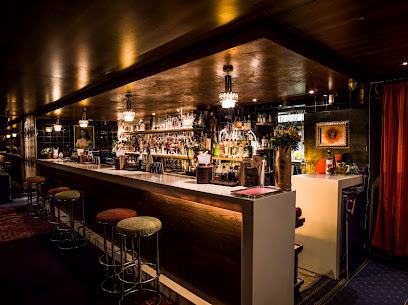
Portobello Star
Discover the vibrant nightlife at Portobello Star, an iconic cocktail bar in London offering innovative drinks and a lively atmosphere.
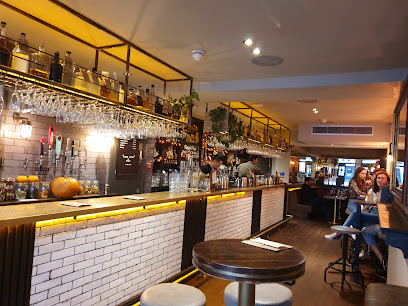
Love
Discover Love Cocktail Bar on Portobello Road - a vibrant cocktail haven with creative drinks and an inviting atmosphere in the heart of London.
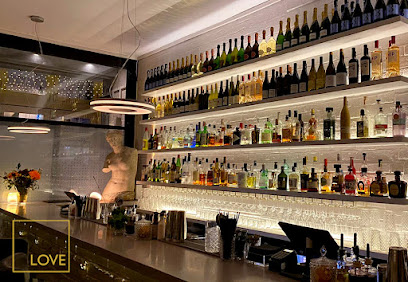
Naked & Famous Bar
Discover Naked & Famous Bar, a vibrant cocktail haven on Portobello Road, perfect for nightlife enthusiasts seeking unique drinks and a lively atmosphere.
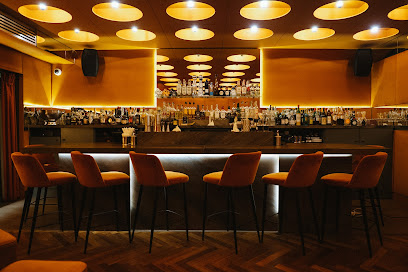
The Henderson Bar & Kitchen
Discover the culinary delights of The Henderson Bar & Kitchen in London, where vibrant atmosphere meets exquisite cuisine and refreshing beverages.
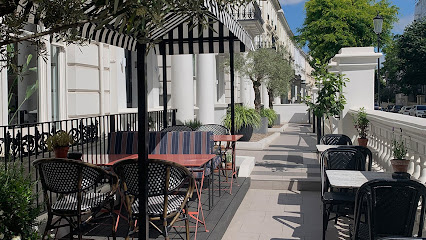
Local Phrases
-
- HelloAlright
[al-right] - GoodbyeTa-ra
[ta-ra] - YesAye
[aye] - NoNah
[nah] - Please/You're welcomeCheers
[cheers] - Thank youThanks
[thanks] - Excuse me/SorryPardon
[par-dn] - How are you?Alright mate?
[al-right mate] - Fine. And you?Not bad. You?
[not bad. you?] - Do you speak English?Do you speak English, mate?
[do you speak English, mate?] - I don't understandI ain't got a clue
[I ain't got a clue]
- HelloAlright
-
- I'd like to see the menu, pleaseCan I have a butcher's at the menu, please
[can I have a butcher's at the menu, please] - I don't eat meatI don't touch meat
[I don't touch meat] - Cheers!Cheers!
[cheers] - I would like to pay, pleaseI'll settle up, please
[I'll settle up, please]
- I'd like to see the menu, pleaseCan I have a butcher's at the menu, please
-
- Help!Help!
[help] - Go away!Bog off!
[bog off] - Call the Police!Ring the Old Bill!
[ring the old bill] - Call a doctor!Get a doctor round!
[get a doctor round] - I'm lostI'm all over the shop
[I'm all over the shop] - I'm illI feel rough
[I feel rough]
- Help!Help!
-
- I'd like to buy...I wanna get...
[I wanna get] - I'm just lookingJust browsing, mate
[just browsing, mate] - How much is it?How much for that?
[how much for that] - That's too expensiveThat's a bit steep
[that's a bit steep] - Can you lower the price?Can you do us a deal?
[can you do us a deal]
- I'd like to buy...I wanna get...
-
- What time is it?What's the time, mate?
[what's the time, mate] - It's one o'clockIt's one
[it's one] - Half past (10)Half ten
[half ten] - MorningMornin'
[mornin'] - AfternoonArvo
[arvo] - EveningEvenin'
[evenin'] - YesterdayYesterdee
[yesterdee] - TodayToday
[today] - TomorrowTomorrow
[tomorrow] - 1One
[one] - 2Two
[two] - 3Three
[three] - 4Four
[four] - 5Five
[five] - 6Six
[six] - 7Seven
[seven] - 8Eight
[eight] - 9Nine
[nine] - 10Ten
[ten]
- What time is it?What's the time, mate?
-
- Where's a/the...?Where's the...?
[where's the] - What's the address?What's the gaff?
[what's the gaff] - Can you show me (on the map)?Can you point me in the right direction?
[can you point me in the right direction] - When's the next (bus)?When's the next bus due?
[when's the next bus due] - A ticket (to ....)A ticket to...
[a ticket to]
- Where's a/the...?Where's the...?
History of Notting Hill
-
Notting Hill's name is believed to have originated from 'Nottinghil', a hill associated with the Anglo-Saxon word 'hyl', meaning hill. In the early 19th century, it was primarily a rural area characterized by agricultural land and scattered farms. The gradual urbanization began with the construction of villas and terraces, reflecting the rise of the middle class.
-
The mid-19th century witnessed significant changes in Notting Hill as it became a fashionable area for the wealthy. The arrival of the railway in the 1850s further accelerated development, leading to the construction of ornate Victorian houses. This period marked Notting Hill's transition from a rural district to a vibrant urban community.
-
By the 20th century, Notting Hill evolved into a diverse neighbourhood, attracting immigrants from various backgrounds, particularly from the Caribbean. This shift enriched the local culture, contributing to the area's distinct identity, which is celebrated today through events such as the Notting Hill Carnival, initiated in the 1960s as a response to racial tensions.
-
The Notting Hill Riots were a significant event in the area’s history, reflecting the racial tensions of the time. The riots erupted during the summer of 1958, fueled by hostility towards the Afro-Caribbean community. This clash highlighted the social issues of the era and led to increased awareness and activism surrounding race relations in Britain.
-
The late 20th century brought gentrification, transforming Notting Hill into one of London's most desirable and affluent areas. While this has resulted in rising property values and a shift in the demographic landscape, it has also sparked discussions about community identity and the preservation of cultural heritage amidst rapid change.
Notting Hill Essentials
-
Notting Hill is conveniently located in West London and can be easily accessed via public transport. The nearest underground station is Notting Hill Gate, which is on the Central, Circle, and District lines. From central London, take the Central Line from Oxford Circus to Notting Hill Gate. Alternatively, you can catch a bus from various locations; buses 27, 28, and 31 serve this area. For those traveling from Heathrow Airport, the Piccadilly Line provides direct access to central London, where you can transfer to other lines to reach Notting Hill.
-
Notting Hill is a relatively compact neighborhood, making it ideal for walking. However, if you prefer public transport, the Notting Hill Gate and Westbourne Park stations are easily accessible. Buses frequently run through the area, and the iconic London black cabs are readily available. Cycling is also a popular option, with several bike rental stations available, offering a fun way to explore the charming streets and parks.
-
Notting Hill is generally a safe neighborhood, but like any urban area, it is wise to remain vigilant. Avoid isolated areas, especially at night, and keep an eye on personal belongings in crowded spots. While incidents targeting tourists are rare, areas like Ladbroke Grove have seen higher crime rates, so exercise caution when exploring these parts.
-
In case of an emergency, call 999 for police, fire, or ambulance services in the UK. The nearest hospital is the St. Mary’s Hospital, located near Paddington. It is advisable to have travel insurance that covers medical emergencies. For minor health issues, local pharmacies are available where you can find over-the-counter medications.
-
Fashion: Do wear comfortable footwear, as you will likely walk a lot. Don't dress too casually when dining at upscale restaurants. Religion: Do respect the local culture, especially when visiting churches. Ensure shoulders and knees are covered. Public Transport: Do give up your seat for elderly passengers. Don't use your phone loudly or eat on public transport. Greetings: Do greet with a smile and a polite 'hello.' Don't assume familiarity; use formal greetings with strangers. Eating & Drinking: Do try local eateries and street food. Don't waste food or be overly loud in restaurants.
-
To experience Notting Hill like a local, visit the Portobello Road Market on a Saturday for antiques and local produce. Explore the colorful houses and stop by the local cafés for a leisurely brunch. Engage with local shopkeepers and artists, as they often have fascinating stories to share. Take part in local events such as the Notting Hill Carnival, which celebrates Caribbean culture every August, to truly immerse yourself in the neighborhood's vibrant community.
Trending Landmarks in Notting Hill
-
Portobello Road Market
-
Leighton House
-
The Castle
-
The Tabernacle
-
The Blue Door Notting Hill Film
-
Notting Hill Gate
-
Sambourne House
-
All Saints' Church, Notting Hill
-
The Tower House
-
Notting Hill
-
The Hole in the Wall
-
Notting Hill Hillgate Village
-
George Orwell Plaque
-
Пам'ятник Володимир Великий / Monument to Saint Volodomyr the Great
-
Notting Hill House of Colors
Nearby Cities to Notting Hill
-
Things To Do in Windsor
-
Things To Do in Oxford
-
Things To Do in Cambridge
-
Things To Do in Stratford-upon-Avon
-
Things To Do in Bath
-
Things To Do in Birmingham
-
Things To Do in Bristol
-
Things To Do in Nottingham
-
Things To Do in Cardiff
-
Things To Do in Nieuwpoort
-
Things To Do in Ostend-Bruges International Airport
-
Things To Do in Ostend
-
Things To Do in Sheffield
-
Things To Do in De Haan
-
Things To Do in Ypres













